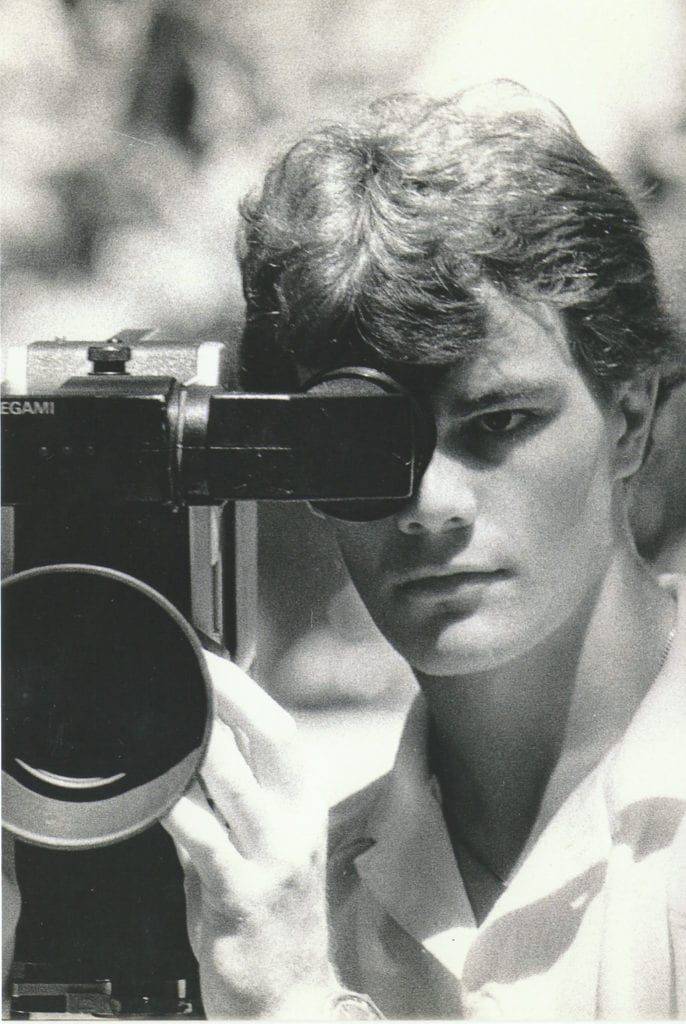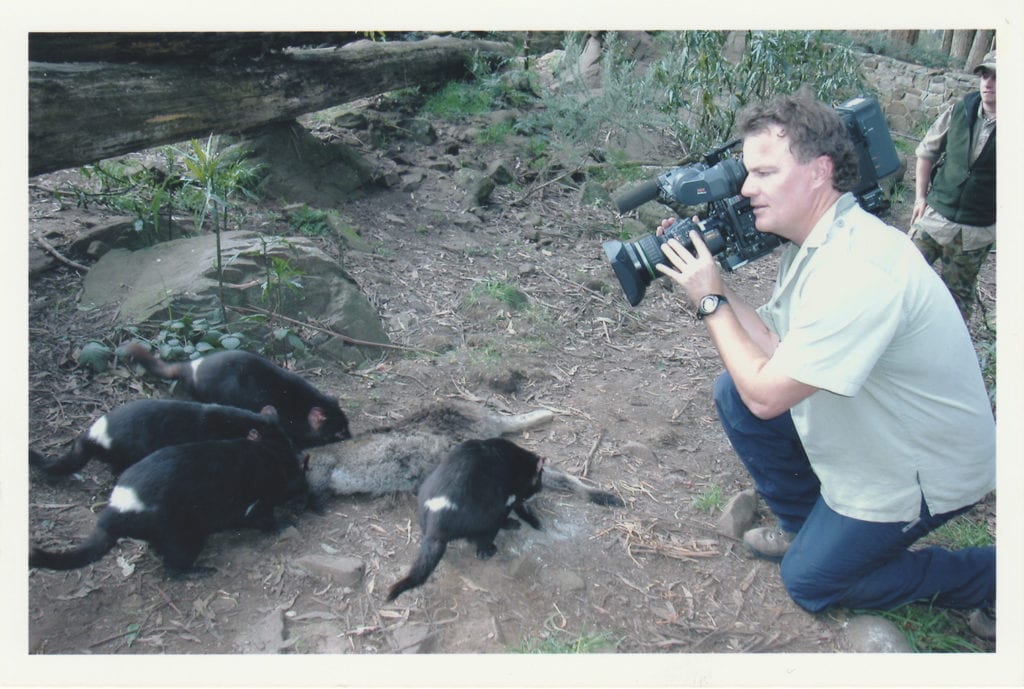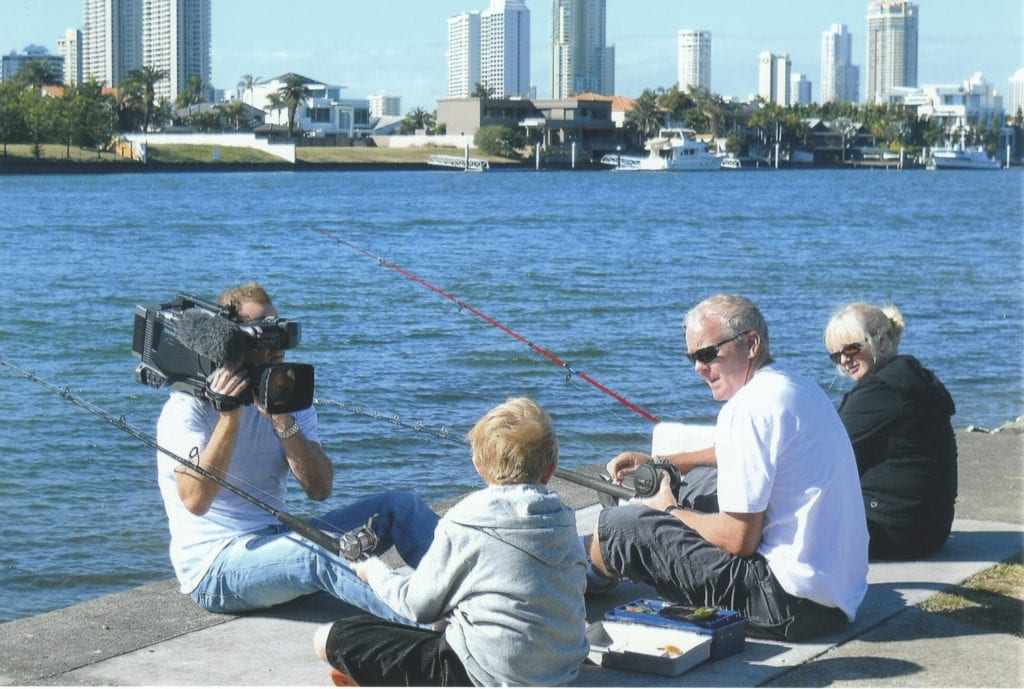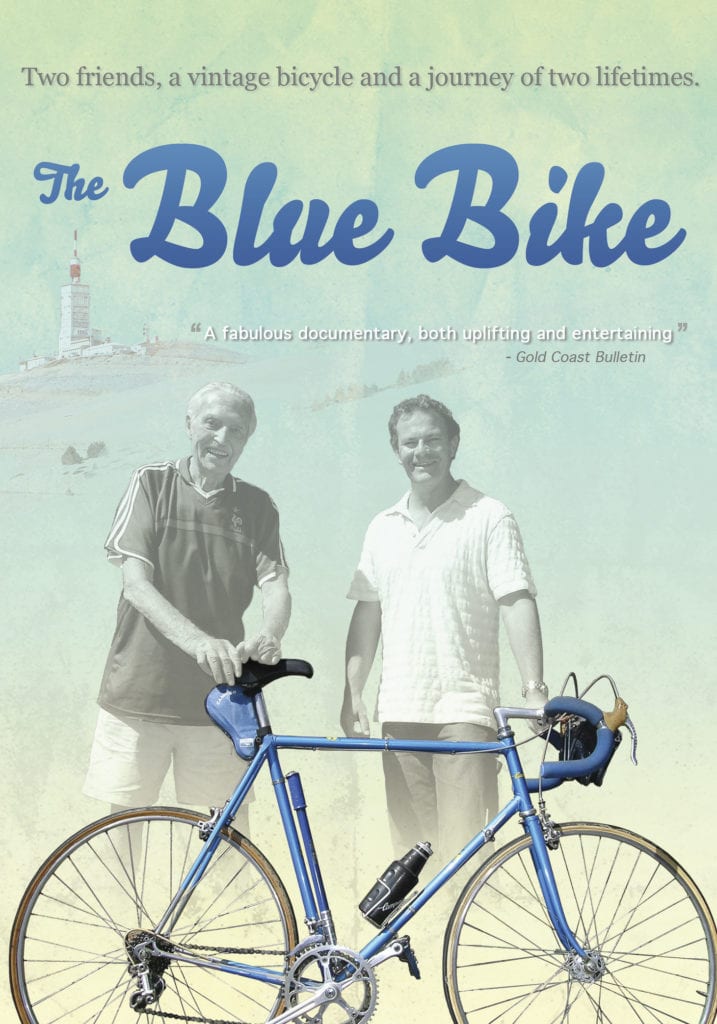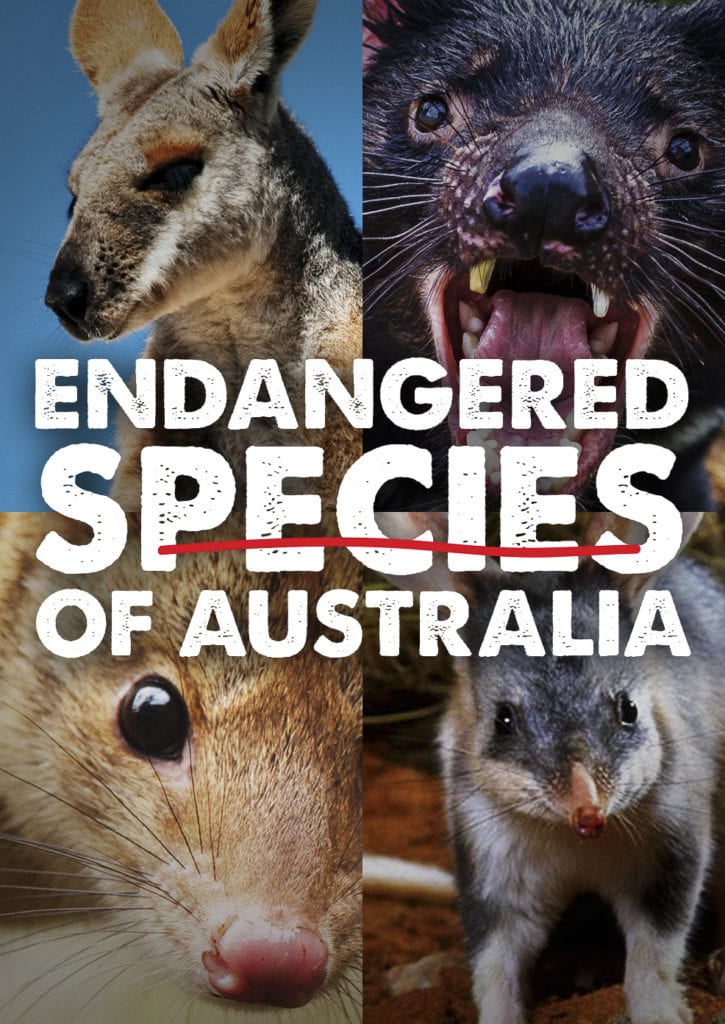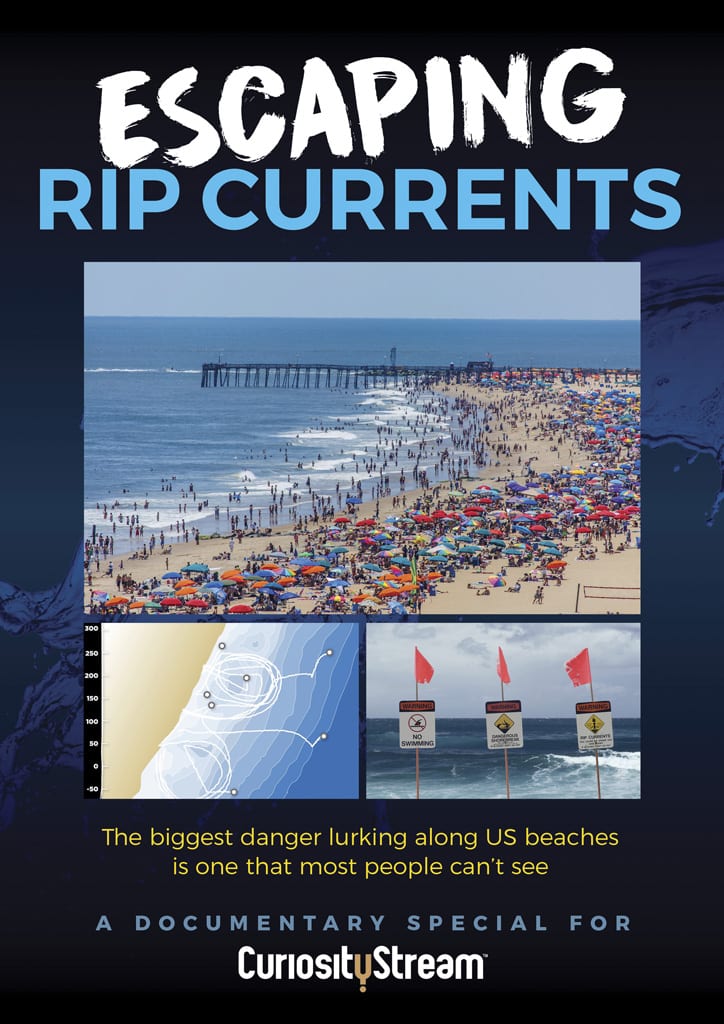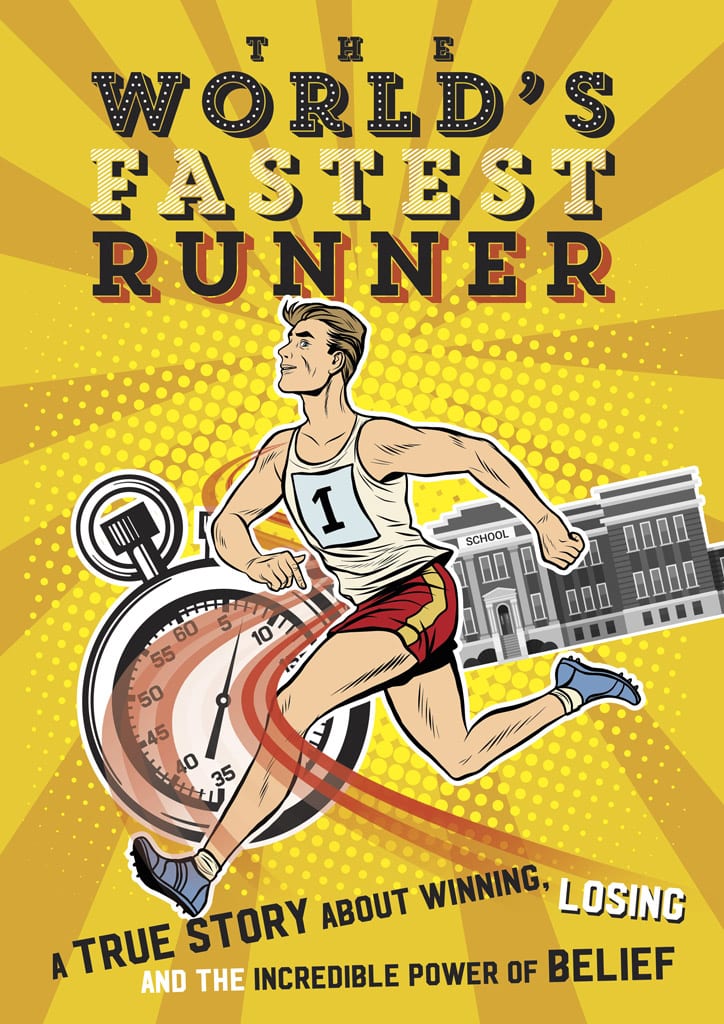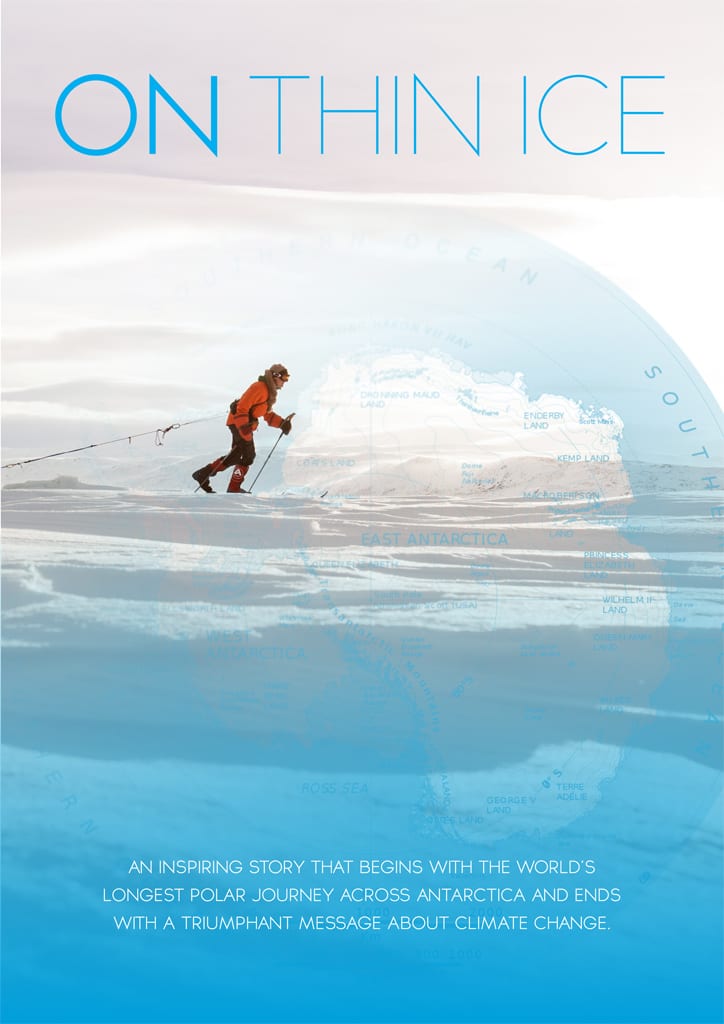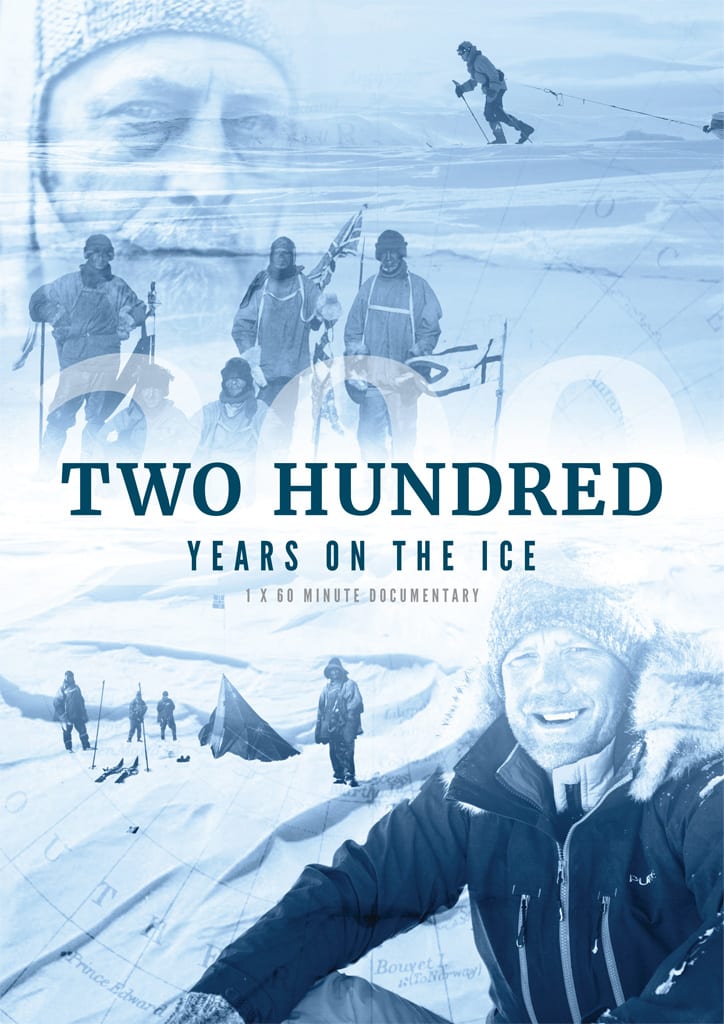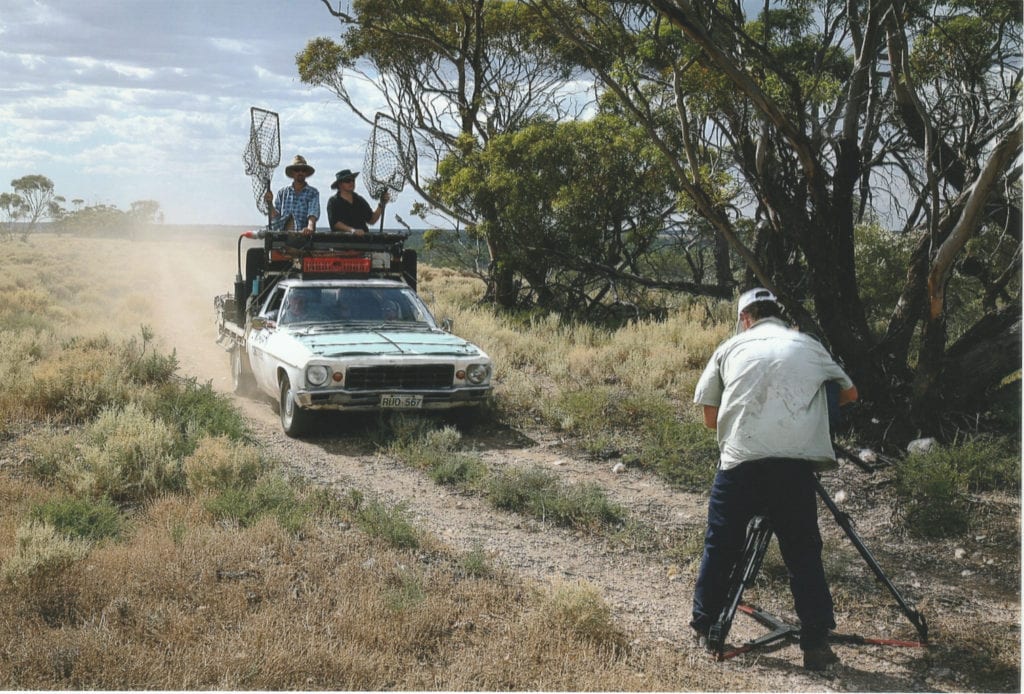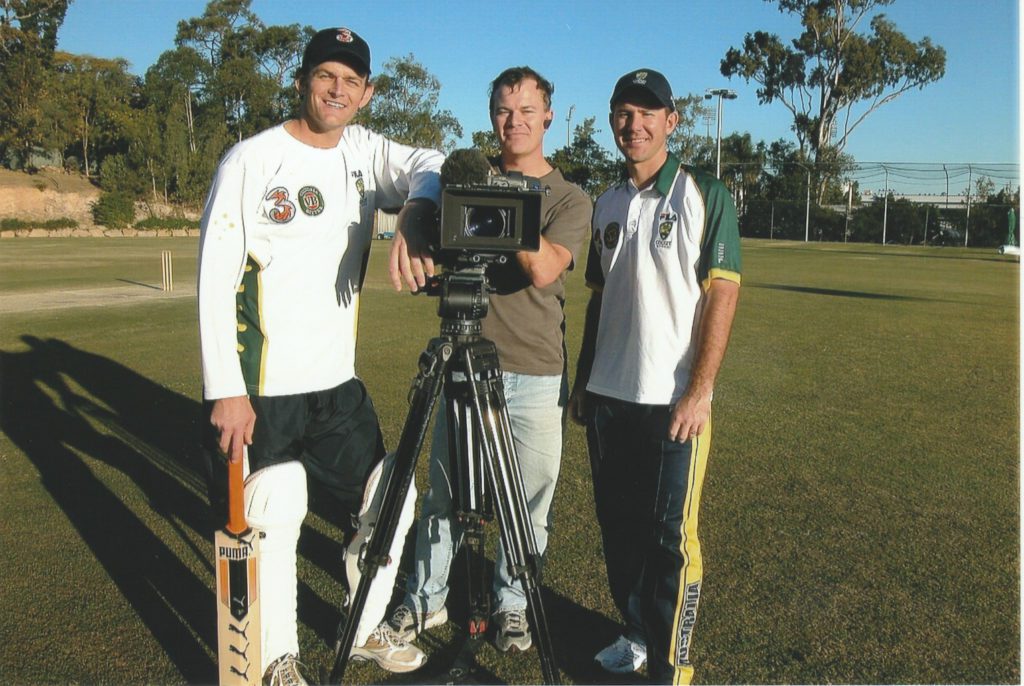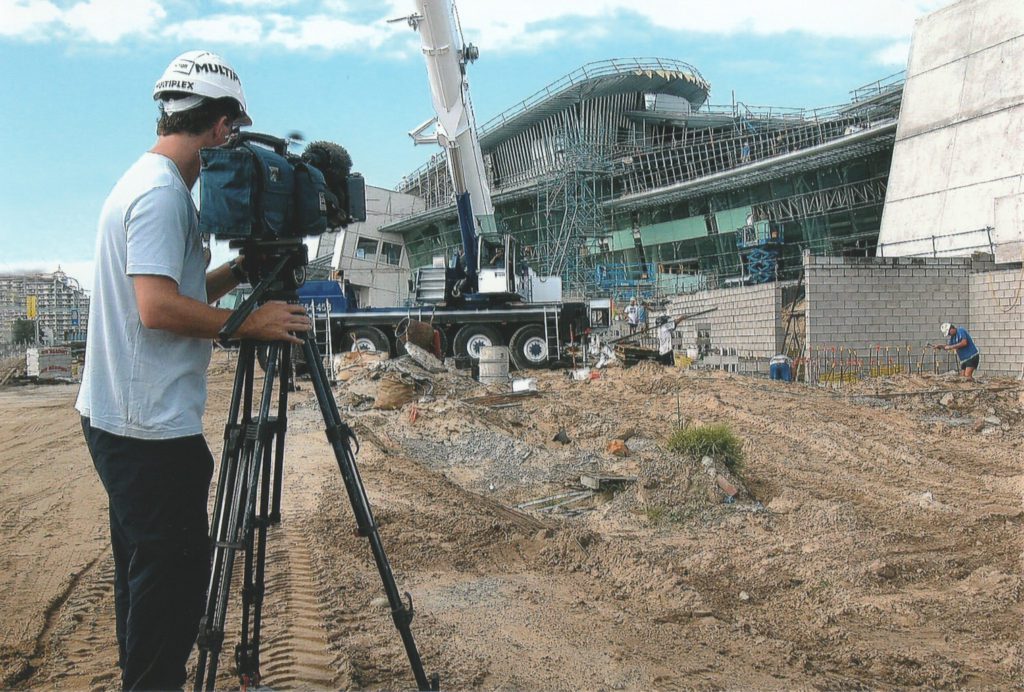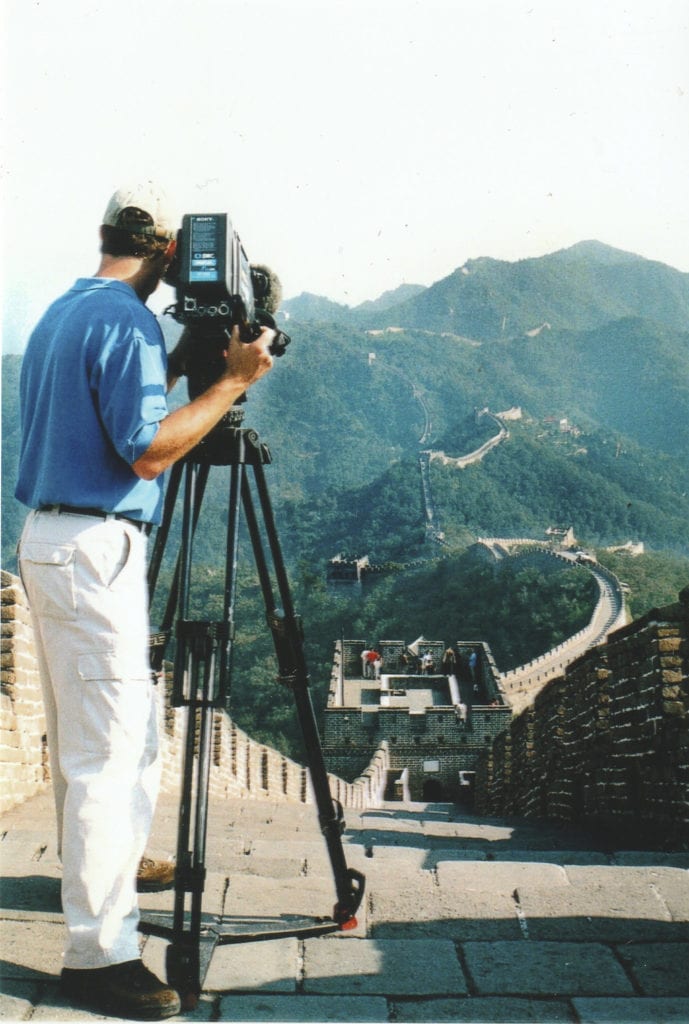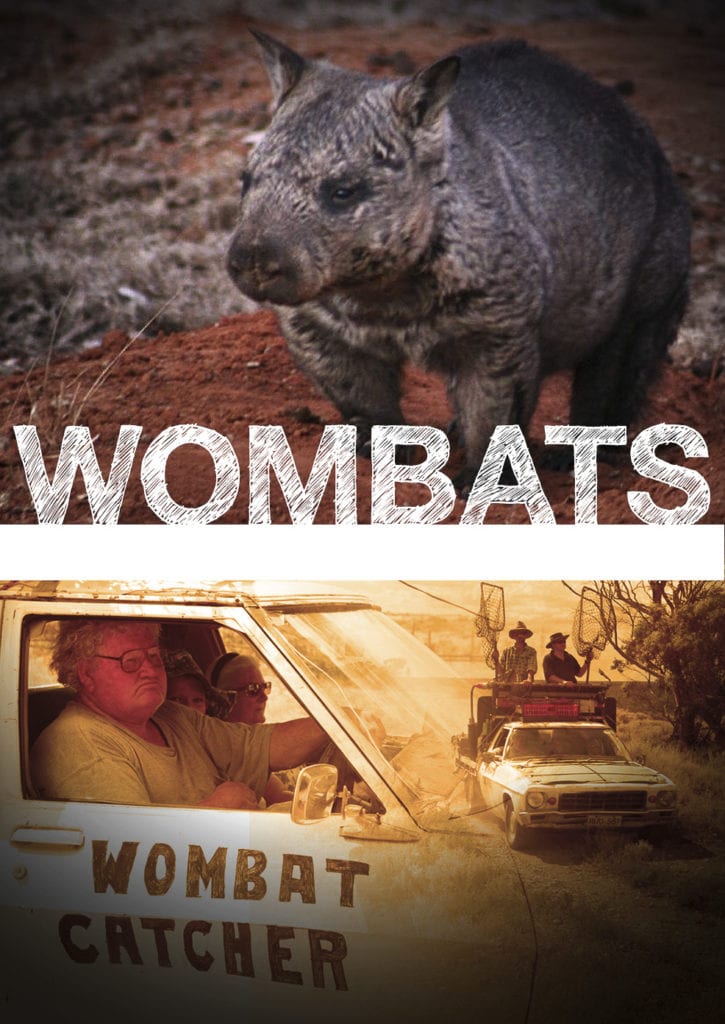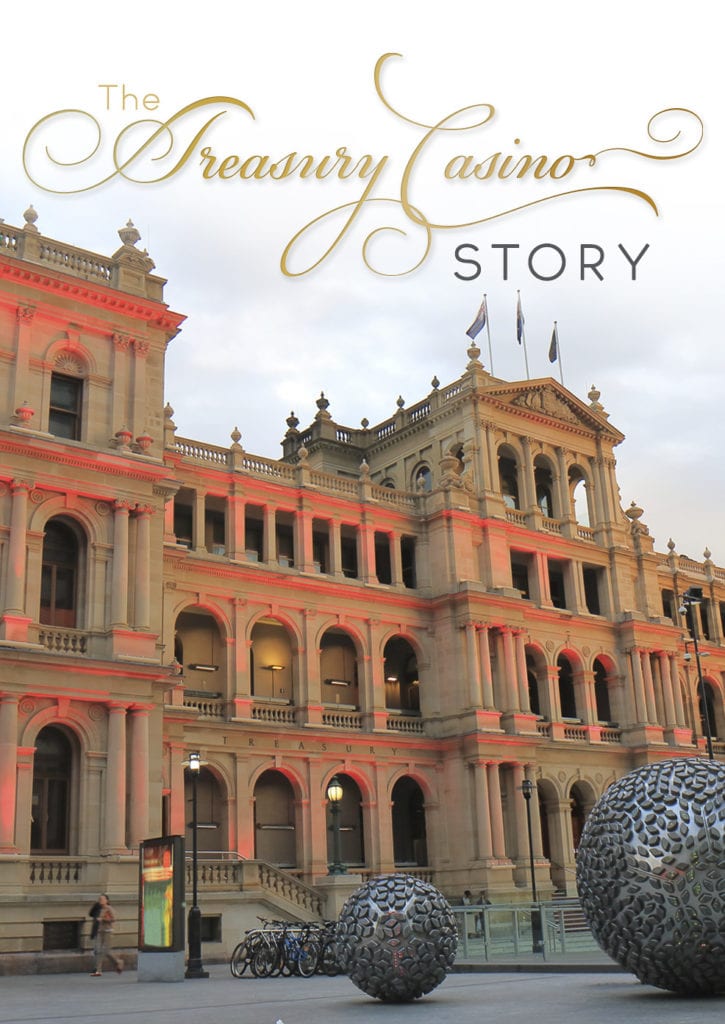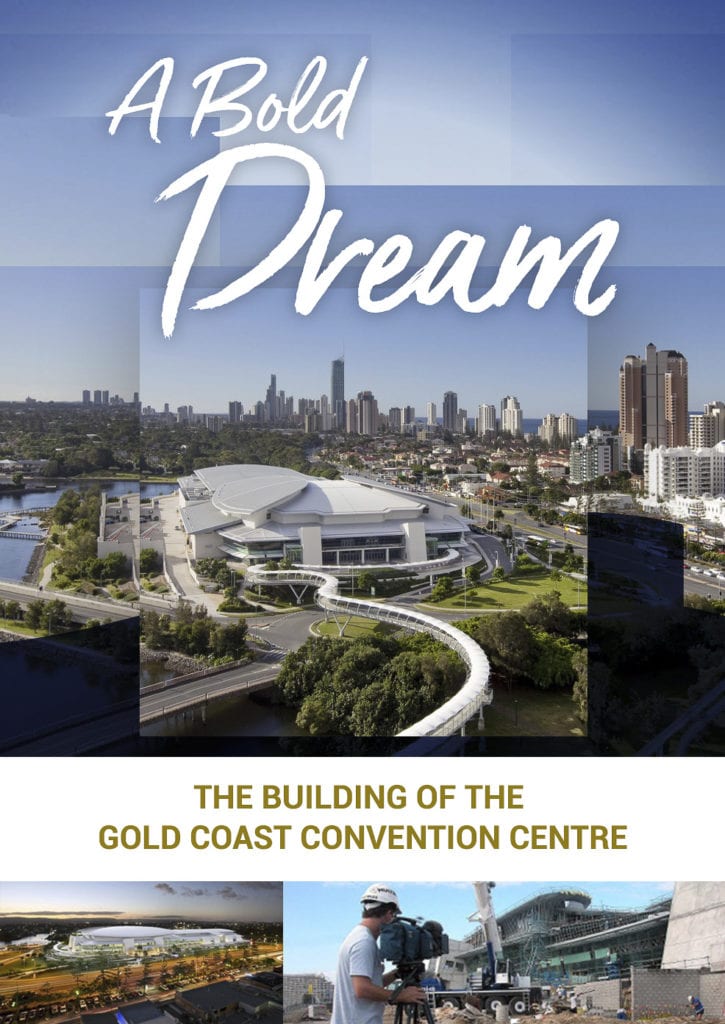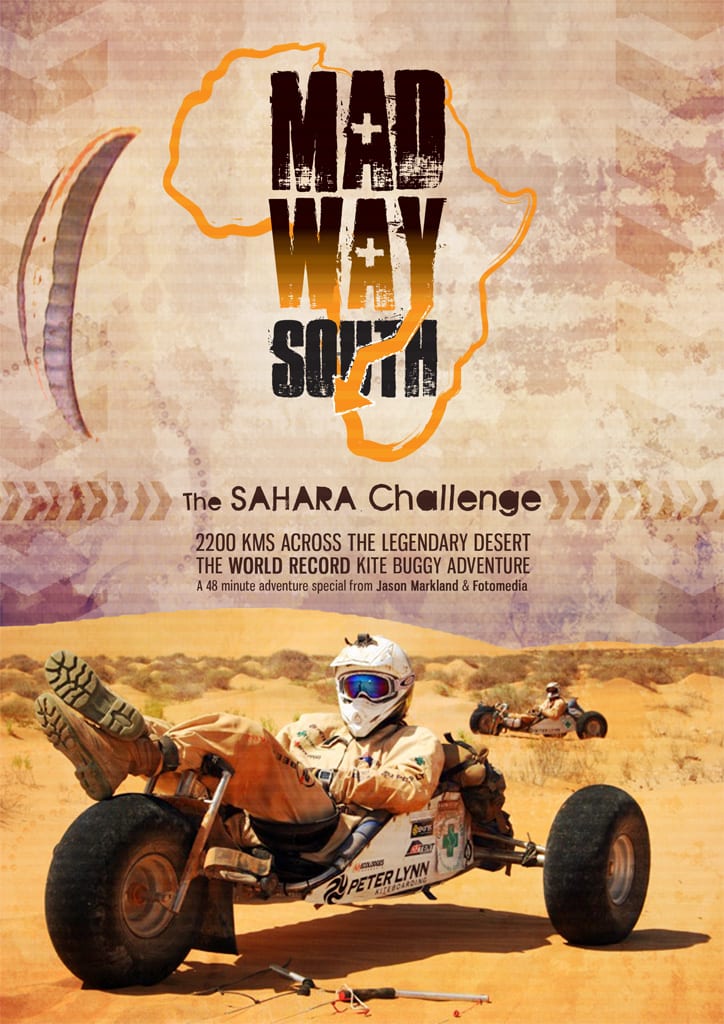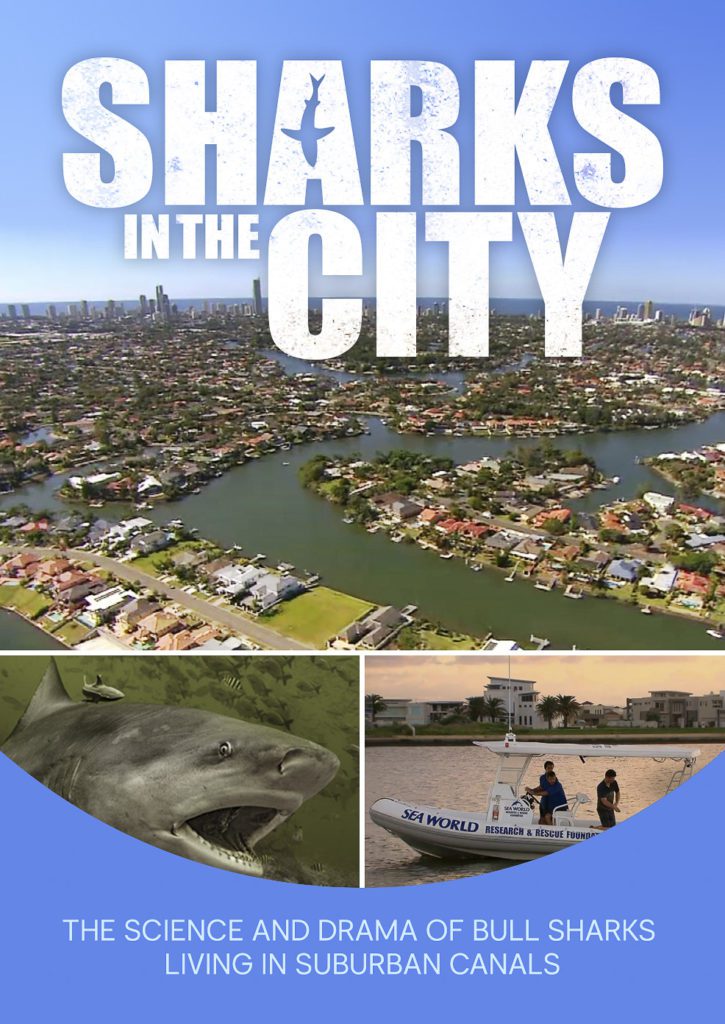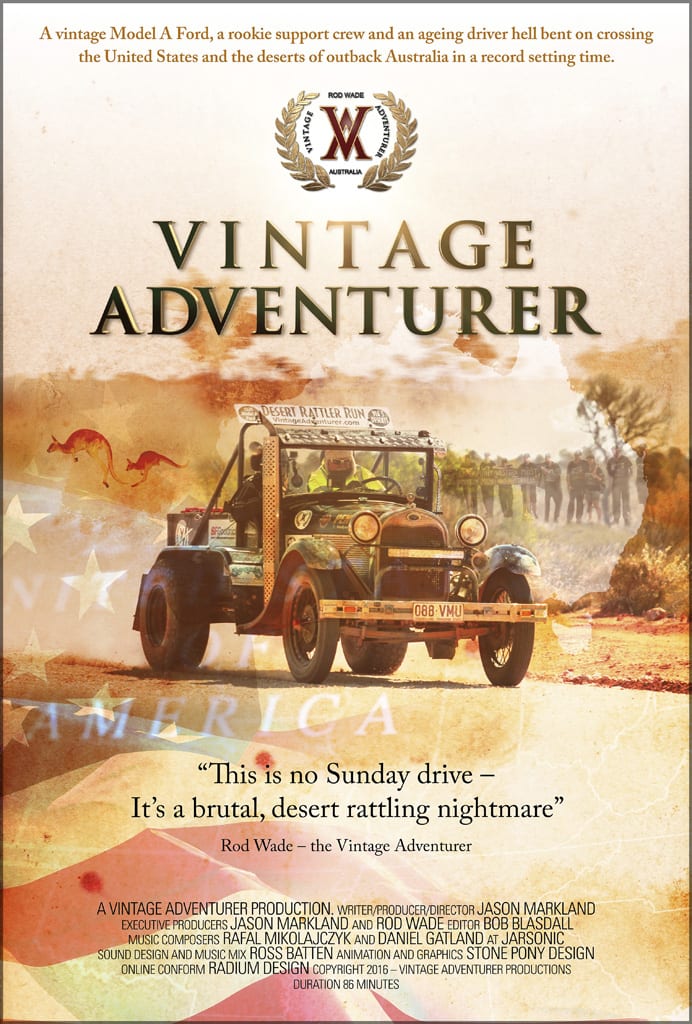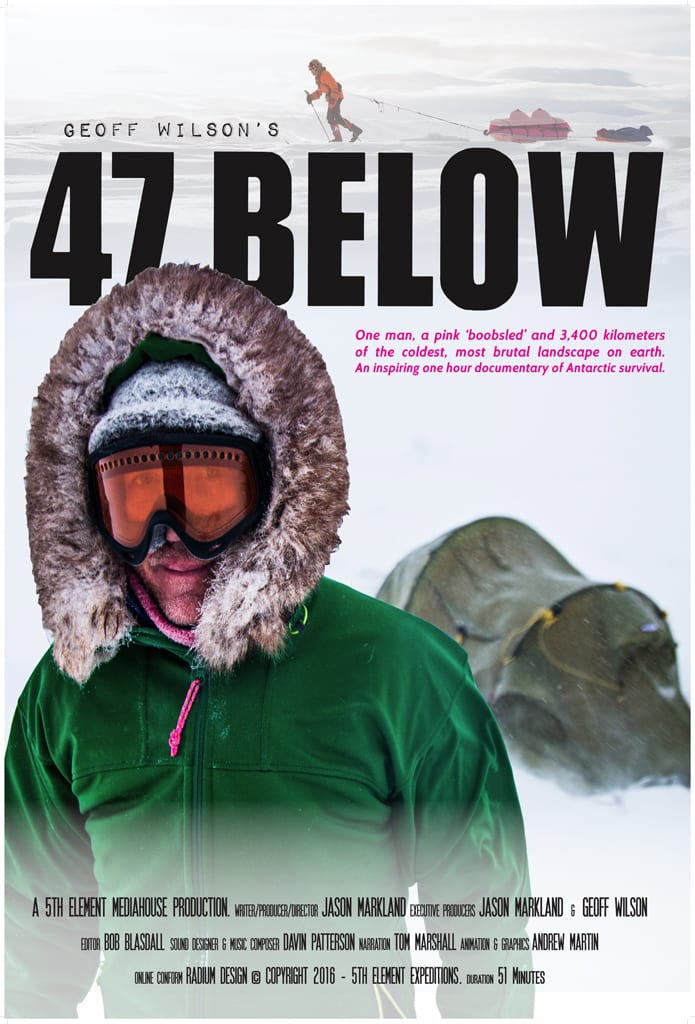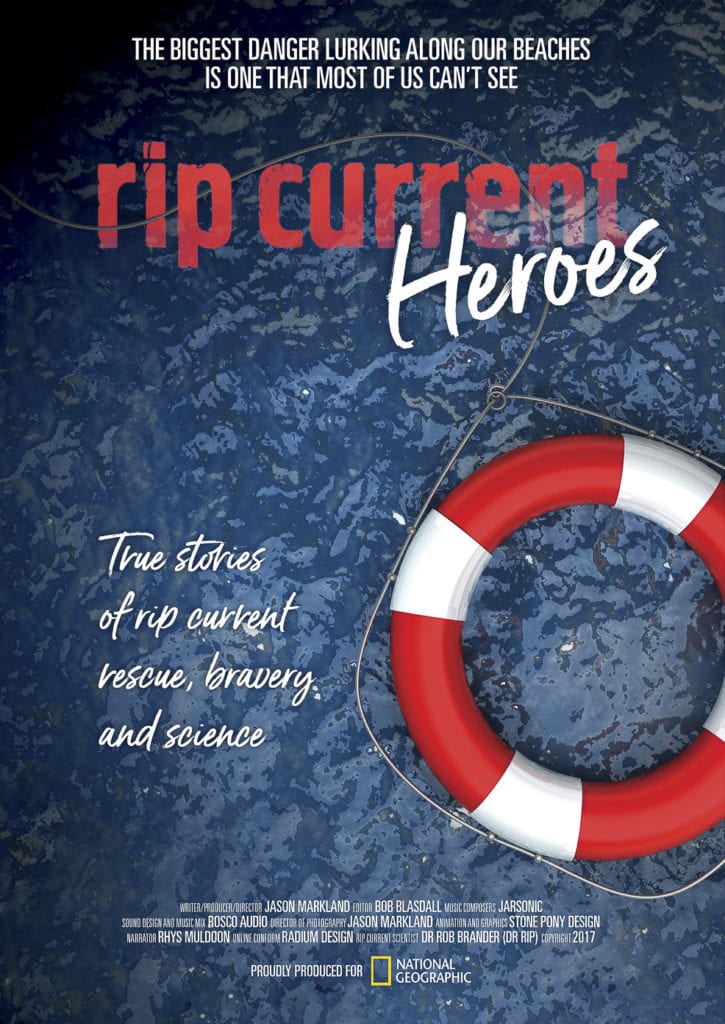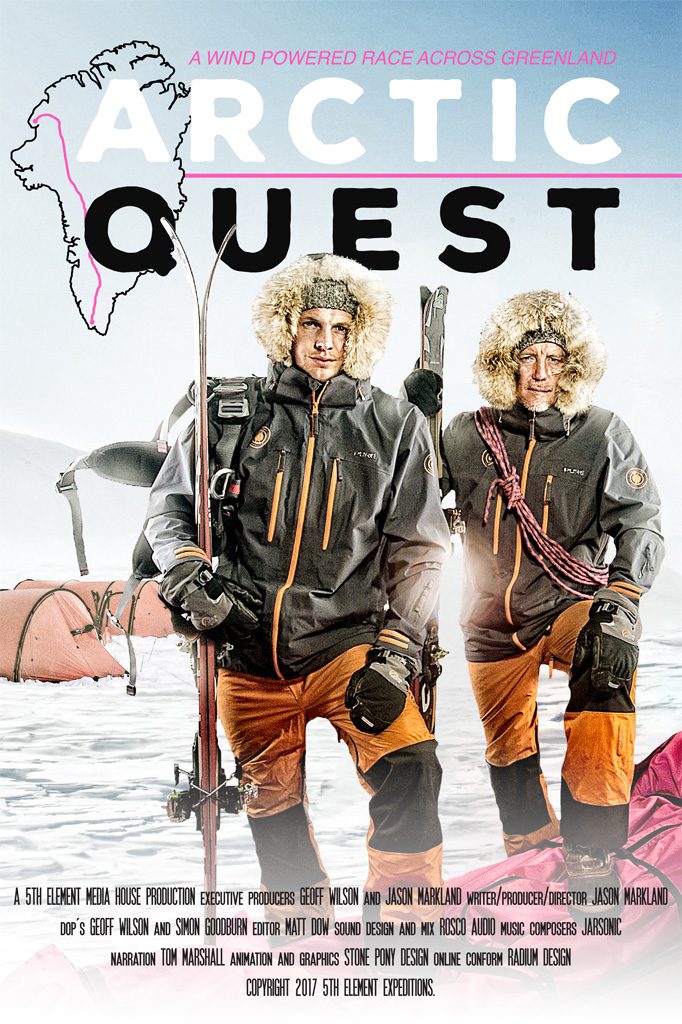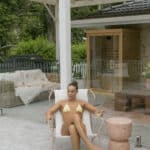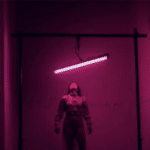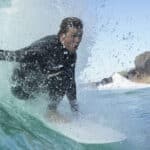PEOPLE
The Storyteller
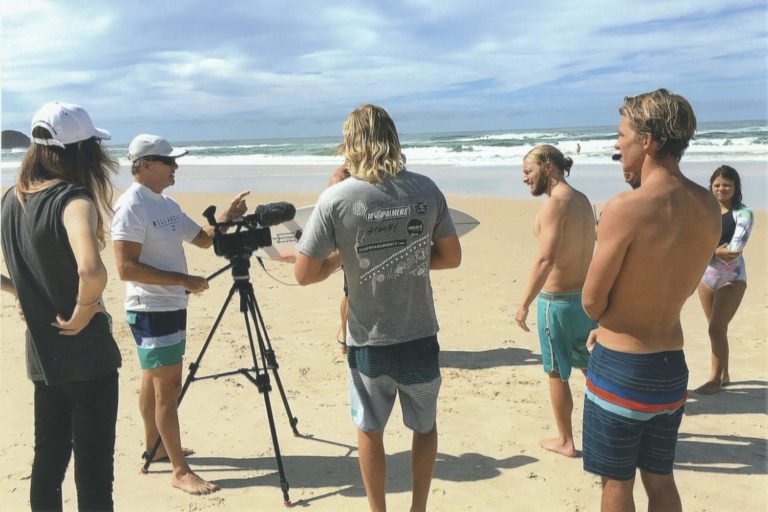
WORDS: PHOTOGRAPHY
Filmmaker Jason Markland is responsible for countless Gold Coast stories being shared with the world. And then there is this one – his own.
Jason Markland is out of his comfort zone, which is somewhat surprising considering he’s been in this scenario hundreds of times.
A tape recorder is on the table.
An interviewer is asking questions.
A story is about to be told…
The only problem for Markland is he’s usually the one asking the questions, and his story has rarely been told.
“I’d much rather be sitting on your side of the table,” he laughs from the proverbial hot seat he occupies at Burleigh Heads Mowbray Park Surf Club’s beachside café. “I appreciate I’ve got a few tales to tell, but I certainly prefer sharing other people’s stories than talking about my own.”
Not this time.
Today, Markland has agreed to relive the journey that has taken him from being a wannabe storyteller growing up in the Brisbane suburbs of the 1970s to an award-winning writer, producer and director whose documentaries have been broadcast by international giants such as National Geographic, Discovery Channel and Red Bull Media House.
Vintage Adventurer. Sharks in the City. 47 Below. Rise Above. Mad Way South. Rip Current Heroes. Arctic Quest. All of them very much Gold Coast stories and all of them having been seen around the world thanks to the vision, creativity and hard work of one man.
“From a storytelling perspective, the Gold Coast has been an incredible place to call home because we have fascinating people here,” says Markland, who migrated to the city in 2002 and today calls North Kirra home with wife Jude and their five children.
“There are a lot of people on the Gold Coast doing amazing things, and they’re often people you’ve never heard of, but then you come across them, step into their world and realise they’ve been doing extraordinary things for a while. They’re also often big characters, which is what you need for TV audiences. You need characters who will carry the audience through a story, and the Gold Coast has plenty of them.”
From shark expert Dr Jonathan Werry to septuagenarian Rod Wade and his record-breaking feats in vintage cars, Markland has introduced some of the city’s most passionate people to the global stage. In his ground-breaking Rip Current Heroes documentary, he’s also delivered a resource that will help save lives.
For his latest project, he is partnering with polar adventurer Geoff Wilson on a fourth collaboration that will capture the drama, danger and raw emotion of the Currumbin vet’s epic attempt to make the longest solo and unsupported crossing of Antarctica – a 5800km torture test lasting up to three months.
“My journey with Geoff has been amazing,” Markland says of a body of work that includes Mad Way South, 47 Below, Arctic Quest and will continue with Two Hundred Years On The Ice. “I met him through a friend who told me about this guy who had spent a year at sea with his family and had filmed all the highs and lows and wanted to do something with it.
“You hear that a lot – everyone’s filming everything now – and while it wasn’t enough to turn into a documentary, I saw someone really passionate on camera, loved extreme adventure and had a million ideas for different things he wanted to do.
“You don’t have to spend much time with Geoff to realise he’s on a mission. Making TV was part of that, but the question was how do we start? How do you bring an unknown adventurer to an audience and have broadcasters identify with him and want to support us going forward?
“What we are thrilled with over ten years of working together is we’ve been able to establish Geoff as an extreme adventurer people connect with. He has a global audience now, and his programs sell everywhere. Whether it’s South Africa, Russia, Europe or Egypt, people love him because they get what he’s about. The broadcasters like him and know we’re going to provide great storytelling. We’ve been there, done that and know we’ll deliver.”
One of four children, Markland’s passion for storytelling was born in the home of his youth. With father Ron a leading ABC journalist/presenter and mother Gloria a producer who would go on to establish a corporate communications firm with her husband, there was no shortage of opportunities to be exposed to the industry he would one day call his own.
“We were always talking about storytelling in our house,” he recalls. “I would listen to the conversations Dad would have with my mother, who was a natural storyteller in her own right. I was always being exposed to the craft and learning through osmosis.
“That said, by the time I got to the end of high school, I still didn’t know what I wanted to do, but the big turning point was attending a Steve Parish photography course.”
In the ’80s and ’90s, there was no bigger name in Australian landscape photography than Steve Parish. With his award-winning images gracing postcards, calendars and coffee table books, the ABC recently described him as having done as much “for Australian tourism as Paul Hogan, Steve Irwin and crocodiles combined”.
Now in his 70s, little would Parish know how much he also did for a teenage Markland.
“I had an interest in photography but being exposed to Steve ignited something in me,” Markland says. “The course was held over a weekend at Mt Glorious (north-west of Brisbane), and he was an excellent teacher. He had a way of getting people excited about the images they could take. I was probably taking crappy photos, but he would make you feel like you had done something incredible. He made you feel special.”
So special that Markland decided he wanted to make a career out of capturing images and stories.
He scored his first job with a television production company in Brisbane that had strong ties to then-Premier Sir Joh Bjelke-Petersen’s National Party and would create, as he puts it, “short propaganda shows that would talk about all the good things he was doing for the state”. A desire to work as a director of photography saw him expand his skills base. By the age of 24, he was handed the reins of his first documentary – a one-hour insight into endangered species on Channel 7’s hugely popular The World Around Us.
“That was a massive opportunity,” he says. “It was authentic long-form storytelling and showed me how I could combine my director of photography work with directing and writing. I realised that if you developed more skills, you had more opportunities to tell stories and that’s all I wanted to do.
“The best stories are ultimately about people. I may have been reporting on the bilby or hairy-nosed wombat, but the real story was the scientists trying to save the species.”
For much of the 1990s, Markland was based in Brisbane “pumping out stories for television”. He was shooting, producing, directing. Bigger budgets, more stakeholders. Then came the phone call from his friend in Botswana.
“He was making wildlife docos and I had the opportunity to join him,” he says of the five years he spent developing content for National Geographic and Discovery channels. “I was travelling the world profiling people who were doing the most amazing things.
“You meet inspirational human beings who are committed to their causes and making a huge difference, but as a storyteller, you’re only with them for a short period and need to capture their message for a diverse audience. That’s a huge responsibility.
“It doesn’t matter if you’re doing a short doco or an hour-length program, you have to go in knowing it’s not a given the audience is going to watch. You’ve got to deliver something that keeps them engaged and makes them want to keep watching the program from beginning to end. There has to be a story they connect with. There has to be a cliff hanger to keep them coming back for the next scene. There has to be a payoff for them watching.”
Markland’s success rate would suggest he’s learned the key to ticking those boxes. In a cut-throat industry where he’s still standing after almost two decades as a Gold Coast-based freelancer, it would seem he’s also discovered the secret of survival.
“You might be a passionate storyteller, but you then have to develop the practical business side of the equation,” he says. “It’s one thing to have an idea, but you then have to work out if there is a market for it. Just because you like it isn’t enough.
“I read a quote from (Star Wars creator) George Lucas the other day where he asked ‘Do you want to make stories that no one sees’. This game is way too expensive for that. You might do it once, but how are you going to feed yourself, let alone your family?
“I sometimes don’t know how I’ve done it for this long. Nothing ever happens easily in this game. It is a challenge because the reality is most projects won’t make it. You will knock on doors, people will ‘umm’ and ‘ahh’, and you’ll come close but not quite get there. Then you’ve got to let go of that dream and move on to the next.”
One dream Markland refused to give up on in recent years was to create the world’s first rip current documentary, a project born on the beaches of the Gold Coast and now being watched around the globe through the National Geographic empire, studied in schools thanks to complementary websites and educational resources, and even screened on Qantas and Jetstar flights.
“It was a real slog,” Markland recalls of the battle to get Rip Current Heroes off the ground. “I took the concept to broadcasters and got so many knockbacks. I would wait six months for a decision only to get knocked back and feel like you’ve wasted all that time. In the end, I just thought I would make it, and fortunately, Nat Geo came onboard for a pre-sale and it’s gone on to do amazing things.
“A version is now being developed specifically for the US, featuring American case studies, film shoots and content. That would never have happened without the Gold Coast version. They got to see that the story was real and that it mattered.”
Nothing highlights why the documentary matters more than the human tragedy at the centre of it. On Good Friday 2016, Burleigh’s Ryan Martin drowned at Fingal while saving the life of a seven-year-old girl. The dramatic incident – and heroism of so many that day – has now been immortalised in Rip Current Heroes and for Markland, that responsibility was a huge load to bear.
“It was incredibly moving,” he says of receiving the blessing of the Martin family to recreate the chaotic event that claimed their loved one. “I spent a long time talking to Ryan’s brother Josh and then their mother to make sure they were comfortable with the program I wanted to make.
“With TV, people panic that it will be overly dramatised and be all about entertainment and ignore the grief they are suffering is real. There was enormous trust there, and I had to honour that trust. They got to see the program and say yes or no to the content, and if they weren’t happy, I would have changed it because it is their story.
“It makes me proud that we’ve made something that means Ryan won’t be forgotten, and his sacrifice has been turned into something positive. As a filmmaker, I’m privileged that I have a chance to do that. I increasingly want my projects to have a social impact – that’s what keeps me going.”
Markland has much to be proud of. A body of work to rival any documentary-maker in the country. A blended family who support him as much as he supports them. A wife he describes as “the kindest woman I’ve ever met”.
From the young boy who would hang on his parents’ every word as they shared stories at the dinner table, it would seem the kid’s turned out alright. That said, what do Mum and Dad think of the career path he’s travelled?
“Most of the time they say ‘It’s our fault you’re in this bloody game’,” Markland laughs. “No, they get a kick out of it. I still talk with my parents about storytelling and flesh out stories. They understand the journey it’s taken to get to this point, and I think they’re proud of me.” A final smile breaks out across his face. “And they sometimes wonder how I’m going to feed myself tomorrow.”
MARK OF THE MAN
A Bold Dream (2004) – follows construction of the Gold Coast Convention and Exhibition Centre from pre-production to completion. “That was a fascinating program with so many stakeholders and locals from different businesses involved.”
Mad Way South (2012) – Currumbin’s Geoff Wilson and three fellow adventure junkies race kite buggies across the Sahara Desert. “You can’t make an adventure story that doesn’t have near-disasters, personality clashes, extreme danger – and this had them all. It was full of testosterone.”
Sharks in the City (2012) – shines a spotlight on what it’s like for a city to share its backyard waterways with hundreds of bull sharks. “National Geographic looked at aerials of the Gold Coast and were blown away by the canals. They had no idea the canal system was so extensive.”
Vintage Adventurer (2016) – highlights the extraordinary adventures of Gold Coaster Rod Wade as he crosses the US and Australia in a 1929 Model A Ford. “Rod was one of those unique and colourful subjects every filmmaker dreams of finding.”
47 Below (2016) – the astonishing story of Wilson’s bid to complete a solo, unsupported crossing of Antarctica. “This adventure was always going to deliver when it came to action and drama. We just needed Geoff to get home safely.”
Rip Current Heroes (2017) – details the science of rip currents and how to survive them. “The Gold Coast and Tweed communities were vital to this project being made. It got to the point where people said ‘The ocean is our back yard and we want to make a difference’.
Arctic Quest (2018) – Wilson not only attempts a record-breaking crossing of Greenland but takes his son-in-law along for the ride. “Geoff and I connected well from the beginning. He loves tackling these insane challenges, and I love bringing them to life on the screen.”


